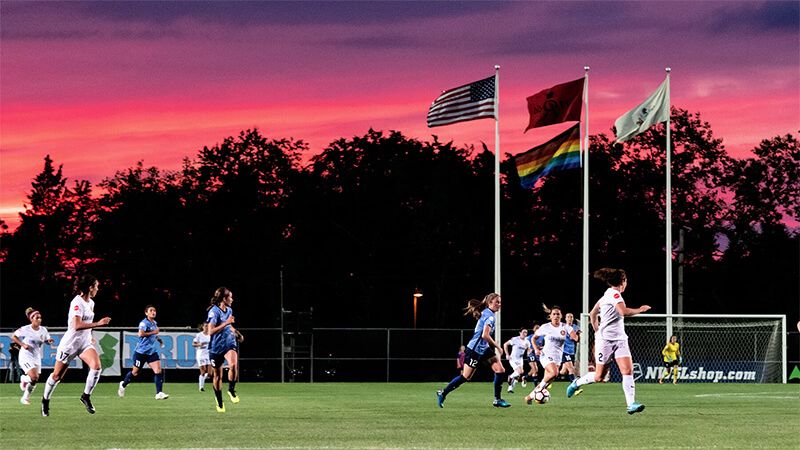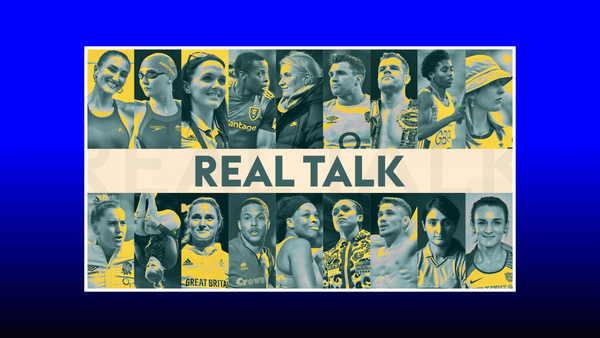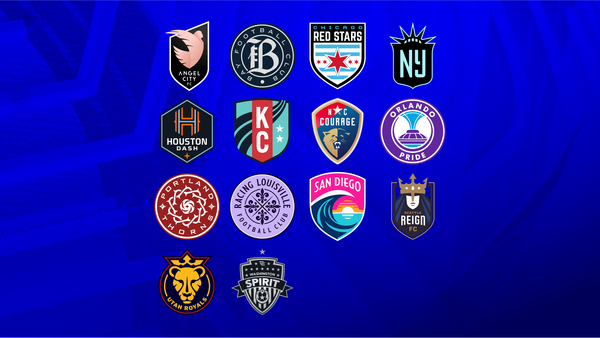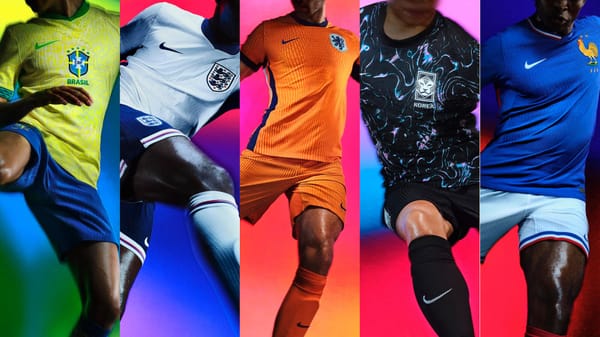Drafted and shafted: Life in the NWSL
Five players share their experiences of the US draft system

If you’re a European football fan, it’s easy to assume that players have a lot of power. In the men’s game, in particular, players can dictate who they sign for and even get managers sacked. Although on a far smaller scale in the women’s game, it’s not necessarily the norm worldwide.
Drafting
If you skip across the pond, the US system is completely different. Maybe it’s because of the heavy focus on playing sports at university level, with huge consumer interest in collegiate sports that feeds into the first professional steps athletes make when graduating: the [entry] draft.
Unlike elsewhere in the world, American leagues (American football, baseball, basketball, ice hockey and of course, soccer) were founded with ideas of parity and the order of the draft is usually dictated by who performed worst over the previous season; those who finished bottom will usually be top of the draft order.
During entry drafts, teams will take turns picking players to sign – like an expanded and nightmarish version of picking out teams for a game of tag on the playground – although, not every draftee will get a contract. For the players leaving university, never having played professionally before, there is little say to be had: they will go where they’re drafted.
For Brianna Visalli, going through the rollercoaster of the draft was just the beginning of a tumultuous time in the NWSL (National Women’s Soccer League). The midfielder failed to make the grade at the Chicago Red Stars but instead of being waived by the team, she was kept on as a reserve. As the Red Stars drafted Visalli, they owned her domestic rights.





